trading
The Hottest DeFi Projects Right Now : July 2020
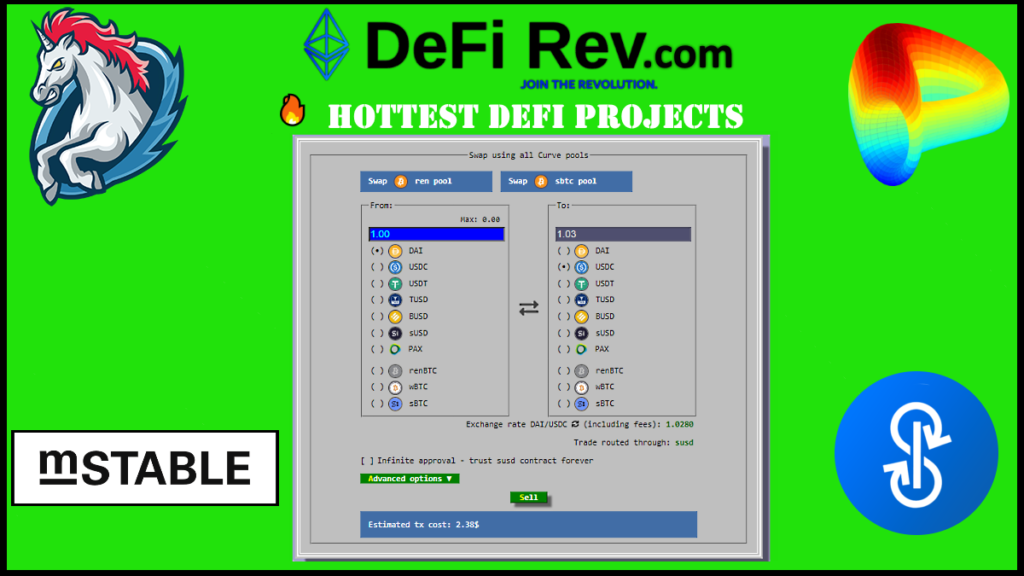

The hottest DeFi projects right now : July 24, 2020
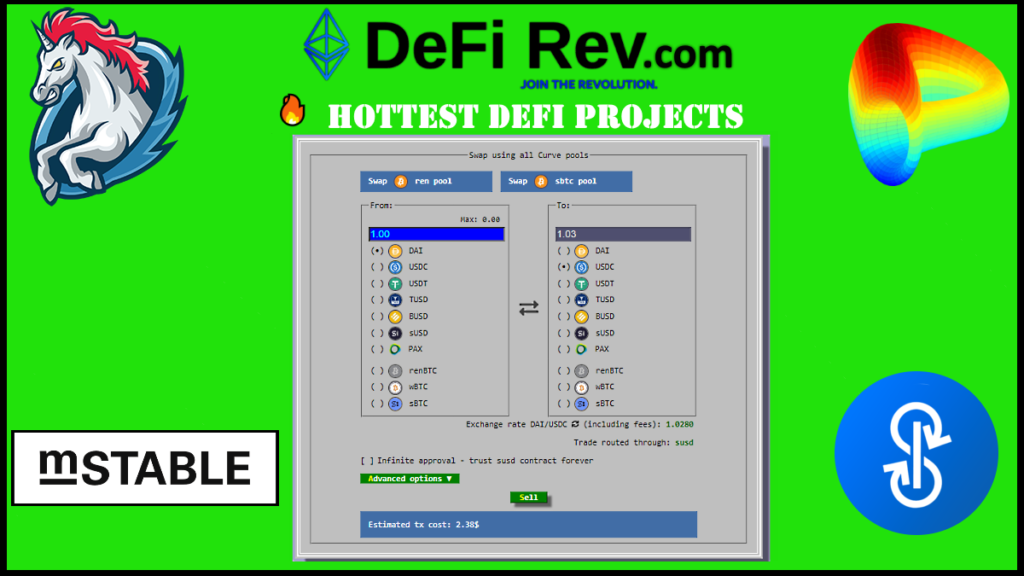

DeFi represents the new-age definition of old-school financial policies and tools. It leverages the open-source software and frameworks to form an open, trustless, and a transparent network. In short, DeFi aims to remove the planted financial intermediaries with the aim to have a globally inclusive financial order.
Our list of the hottest DeFi projects features not the commoners-but the disrupters,who have the potential to change the rules of the DeFi space. Over the past few months, the world of DeFi has experienced tremendous growth, and players in lending offer a gamut of services in a bid to appeal to a larger audience.
Below is a list of the most promising and hottest DeFi projects that have the potential of creating a major change in the DeFi world. They could play a large part in the next evolution of the space.
yEarn Finance


First on the list of the hottest DeFi projects is yEarn Finance, and they describe themselves as “DeFi made simple.” The main purpose of Yearn.finance is to cater to a wide audience. It is presently a much-looked upon yield aggregator for lending platforms that strive to get the highest yield within the interaction. It supports :
- $DAI
- $USDC
- $USDT
- $TUSD
- $sUSD
Yearn.finance aggregates Compound, dYdX, and Aave. The Yearn.finance ecosystem offers the following:
- Automated market maker
- Credit delegation vaults for smart contracts
- Profit switching lend to get the best yields
- Testnet for stable coin trades
- 0 capital automated liquidations for Aave
Before the Crypto DeFi boom really took over it had already launched its yield aggregator that helped in magnifying interest rate earnings by rerouting the tokens to the best lending markets. The returns for YFI(governance token) this week have surpassed every other protocol.
The protocol’s product range now also includes tools to short DAI and retain the peg especially when it trades at a premium. It’s new AMM ySwap.exchange is intrinsically yield-fed and has initiated a transfer token that showcases the entire liquidity of any asset. Unlike Uniswap where the pool is always between ETH and ERC-20 tokens, ySwap pools will be connected with the transfer token. This will help yield farmers overcome a lot of the problems they usually experience with common AMMs.
YFI price had gone to more than $1700 from $0 that gave yield farmers a return of 1200% APY. The token although sustaining above $1500 still has the undivided attention of yield farmers.
It is one of the first enterprises to allocate governance tokens on the basis of merits with no allocation to its founders and existing investors.
Curve Finance


Curve is a decentralized exchange for stablecoins offering traders an enviably low slippage. It has definitely earned its place on our Hottest DeFi Projects list. It supports DAI, USDC, USDT, BUSD and lets the traders trade in these pairs without any fuss. Curve’s prices for stablecoins are regarded as the best in the industry because it uses liquidity pools and binding curves for efficient trading and low-risk return for liquidity providers.
Usually on DEXs providers suffer from price slippage but with Curve, users are spared the aftermath of any slippage. The slippage is massively reduced because it factors in diverse bonding curves leading to efficient exchanges. For liquidity providers, it is highly useful as it gives them higher returns apart from interest earned through Compound without the need to hold the asset.


Curve Finance helps liquidity providers to utilize yTokens rather than Compound’s interest so that they can earn passive incomes. It does not let the interest accumulate through cTokens because yTokens can bring equity to the elemental tokens so that it can get them the highest interest rate allowing users to hold on to the tokens. Curve is available on mainnet at curve.fi supporting DAI, USDT, USDC, and TUSD. It also has several wallet offerings like MetaMask to enable depositing assets.
Curve Finance optimizes trading efficiency because it focuses less on price because stablecoins are relatively less volatile. The results are already showing. In order to convert a single DAI to USDC, Uniswap’s has a slippage of nearly 80 basis points, Kyber stands at 30 basis points while Curve finance has only a slippage of 6 basis points.
Curve Finance offers the convenience to move from one stablecoin to another to correct the interest rate gaps because of demand-supply mismatch. This helps the rates to bounce back to the generic market levels helping users to retain their profit.
DeBank ratings have seen Curve on top in its 24-hour analysis on ETH & DEX volumes as on 21’ st July.
1inch.exchange


The booming Decentralized movement is incomplete without the mention of 1inch.exchange. They had started off as a single place for aggregating liquidity but it gradually boomed into an efficacious DeFi project that is placed on top of minds in this fast-changing space. 1inch.exchange turned a year old on June 26’th and has already achieved half the billion-dollar volume.
It is a DEX aggregator that assists in routing trades across the DeFi sector. It has the most competitive trades, lowest slippage, and a wide range of ERC-20 tokens thanks to its collaboration with DEX providers. The digital assets exchanged 1inch. exchange month-over-month can be seen in the graphic below:
1inch.exchange keeps track of all innovations in the DeFi space with its remarkable strategy to integrate with the most advanced technologies to provide users with lucrative swap options and interest on their tokens. It has recently integrated with Uniswap Protocol V2 as it provides a great opportunity for any ERC20 pairing. Uniswap is believed to be a major game-changer and might become one of the go-to solutions for crypto exchange in the future.
Its range of platforms includes Uniswap, Kyber Protocol, Airswap, mStable, Balancer, dForce Swap, Bancor, and Oasis. Many times 1inch.exchange routes all its exchanges through more than one platform in what is called a split trade or a multi-routing procedure. The percentage use of the platforms will vary depending on the exchange rate on the platform.
Most of the dApps allow users to interact with their wallet but since 1inch is a non-custodial featured application, it never holds users’ funds as it has to keep the level of interaction intact with all crypto wallets. 1Inch is a highly efficient routing platform in the DeFi space in 2020. Instead of rummaging through different exchanges for the most competitive rates, it sort collects the data for all its users ensuring users get the best price. The user experience also is intuitive and even the most novice of all users can get the hang of it in just a few minutes.
mStable


Since its initiation mStable has earned quite a good reputation of being a permissionless protocol unifying stablecoins and lending with the single goal to generate a secure asset economy. mStable enables a mechanism that enables earning of native interest rate on mStable assets with zero slippage swaps. It boasts of an open reward pool that bootstraps liquidity, utility, and decentralized groups of governors. mStable brings together tokenized assets and stablecoins through its own token called mAssets. Each mAsset is linked to a unique asset like fiat currency or a cryptocurrency.
Meta (MTA) is the project’s native protocol that serves 3 important functions:
- It acts as the last source of re-collateralization
- It enables smoother governance
- Bootstrapping incentivization of mAsset liquidity and a community of MTA governors.
Recently the mStable team shared a novel way to release a token to the market. The solution calls for a sustainable growth of the community of Meta governors and resets MTA liquidity. The solution incentivizes long-term MTA holders and prevents front-running. It made a grand announcement on Twitter about the new launch.
The three most important mAsset functions are
Mint – mAssets use smart contracts to undertake mint while holding collateral. bAssets can be deposited to get the corresponding mAsset at a ratio of 1:1. Users also get rewards for minting mAssets like mUSD with MTA governance tokens. The minting process can also be reversed with Redeem functionality.
Swap – It is the exchange of a single whitelisted bAsset for another at the fixed ratio of 1:1 by utilizing the straight-line bonding curve. It is characterized by zero slippage and unlimited swap amounts as long as it does not surpass the weight needs.
Save – Saving represents the overall interest earned within the mStable ecosystem by lending the bAsset on other DeFi platforms like Compound or Aave. One portion of mAssets will always be used as a medium of exchange and not deposited in the SAVE contract.
DeFi is all about innovation and these players are bringing the necessary change.
The DeFi projects mentioned above are at the forefront of major disruptions that will give a whole new dimension to DeFi principles and power charge the next phase in the evolution of decentralized finance.
-The DeFiRev Team
DeFiRev.com is #1 in DeFi News. Check back in soon to find out the latest in DeFi News.
trading
Bittensor booms as Chip Mania hits Stock Market: The AI Race and the Potential of TAO
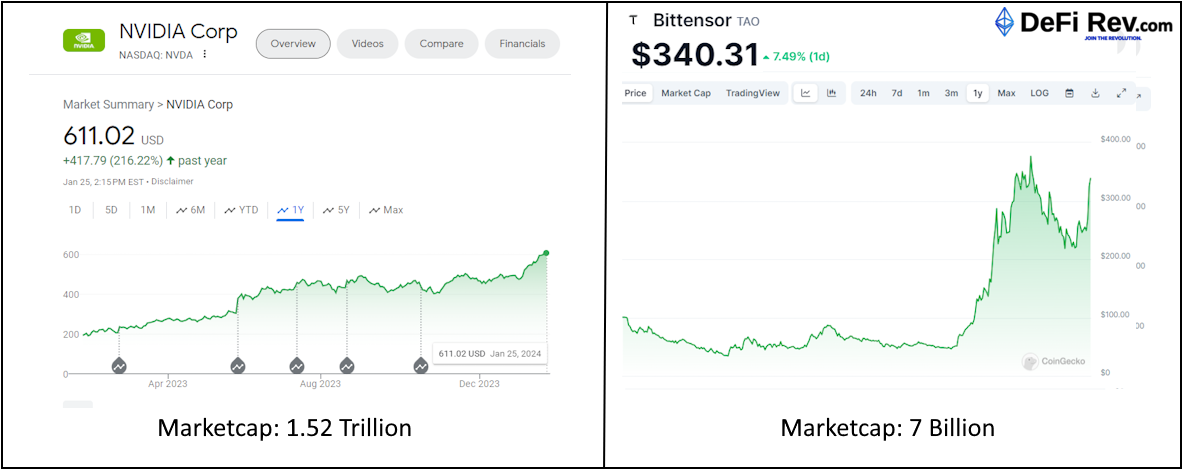

The stock market has been abuzz with the latest trend in technology investments: semiconductor chips. This “chip mania” is fueled by the global race for artificial intelligence (AI) supremacy, as chips are the fundamental building blocks of AI and machine learning technologies. As companies and countries vie for the lead in AI, the demand for advanced semiconductor chips has skyrocketed, leading to significant interest from investors. In this context, Bittensor, with its unique decentralized approach to AI, emerges as a potentially strategic investment.
Nvidia and Bittensor might seem quite different at first glance—one is a big name in computer graphics, and the other is part of the exciting world of decentralized networks. But they actually have a lot in common, especially when it comes to artificial intelligence .
The AI Race and Chip Demand
AI has become a critical component of modern technology, from consumer applications like voice assistants to complex systems such as autonomous vehicles and smart cities. The performance of AI systems is heavily dependent on the processing power provided by semiconductor chips. As AI models become more sophisticated, they require more computational resources, driving the demand for high-performance chips.
This demand has led to a surge in investments in chip manufacturers and designers. Companies like NVIDIA, AMD, and Intel have seen their stock prices soar as they continue to push the boundaries of chip performance. The market has also witnessed the rise of specialized AI chip startups, all competing to create the most efficient and powerful processors.


Supply Chain Challenges and Investment Opportunities
The increased demand for chips has not been without its challenges. The global semiconductor supply chain has been under strain, with issues such as the COVID-19 pandemic, trade tensions, and production bottlenecks leading to shortages. These shortages have highlighted the critical nature of chips in the global economy and have spurred further investment as companies seek to secure their supply chains.
Investors are keenly aware of the strategic importance of semiconductors and are looking for opportunities to capitalize on the chip mania. This has led to a bullish outlook on chip stocks, with many analysts predicting continued growth as the AI race heats up. This also has led to a boon from smart money to look into Bittensor.
Bittensor: A Decentralized Approach to AI
Nvidia and Bittensor might seem quite different at first glance—one is a big name in computer graphics, and the other is part of the exciting world of decentralized networks. But they actually have a lot in common, especially when it comes to artificial intelligence (AI). Let’s break down how they’re both helping to push technology forward:
Nvidia makes the powerful graphics cards that a lot of AI programs need to run. Bittensor, on the other hand, gives people a place to run AI programs on a network that’s spread out across many computers. Nvidia is always coming up with new ideas for its graphics technology, which is super important for video games, AI, and big calculations. Bittensor is also all about new ideas, but it’s focused on making AI services that don’t rely on just one place or computer.
Nvidia has a huge group of developers who use its tech to create all sorts of things, and it helps them out with special software and tools. Bittensor also depends on a community, but it’s made up of developers and people who contribute computer power to the network, and they get rewarded with digital tokens.
Both Nvidia and Bittensor have lots of room to grow, but in different ways. Nvidia is growing because more and more industries need its graphics cards. Bittensor’s growth is tied to how many people start using decentralized AI services and how the whole area of digital currencies and blockchain technology gets bigger.
Now, let’s imagine it’s two years from now, and Bittensor has really taken off. Here’s what that could look like:
Everyone’s Using Decentralized AI
Bittensor’s network is the go-to place for AI services that aren’t tied to one spot. There’s a big group of smart people and companies using and adding to the network.
Even small companies or solo developers can make cool AI stuff because Bittensor makes it easy to get to machine learning tools and computer power.


Amidst the frenzy for traditional chip stocks, Bittensor presents a novel investment opportunity. Bittensor is not a chip manufacturer; rather, it is a decentralized network that leverages the collective power of distributed machine-learning models. By pooling together the resources of miners across the globe, Bittensor facilitates the creation and operation of AI models in a decentralized manner.
The Bittensor network offers several advantages to Nvidia that could make it an attractive investment:
The Bittensor network offers several advantages that could make it a competitor to Nvidia.
Decentralization: Unlike centralized AI services, Bittensor is not reliant on a single entity or data center. This reduces the risk of outages and censorship, potentially leading to a more robust and resilient AI network.
Incentivization
Miners on the Bittensor network are rewarded for contributing computational resources and for the performance of their AI models. This creates a marketplace for AI services where competition drives innovation and efficiency.
Scalability
As the demand for AI grows, Bittensor’s decentralized model allows for easy scaling by simply adding more miners to the network. This contrasts with the physical limitations and capital expenditures required to scale traditional data centers.
Accessibility
Bittensor democratizes access to AI by allowing anyone with computational resources to participate as a miner. This could lead to a more diverse and widespread development of AI applications.
The chip mania in the stock market is a reflection of the critical role that semiconductors play in the burgeoning AI industry. While traditional chip stocks are an obvious choice for investors looking to capitalize on this trend, Bittensor offers a unique angle. Its decentralized network aligns with the principles of blockchain and the growing interest in distributed systems.
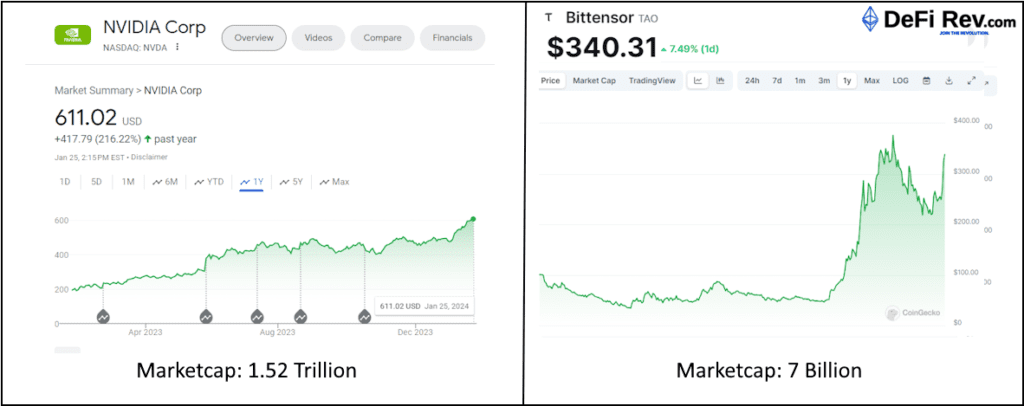

trading
AAVE CRYPTO ASSET SOARING
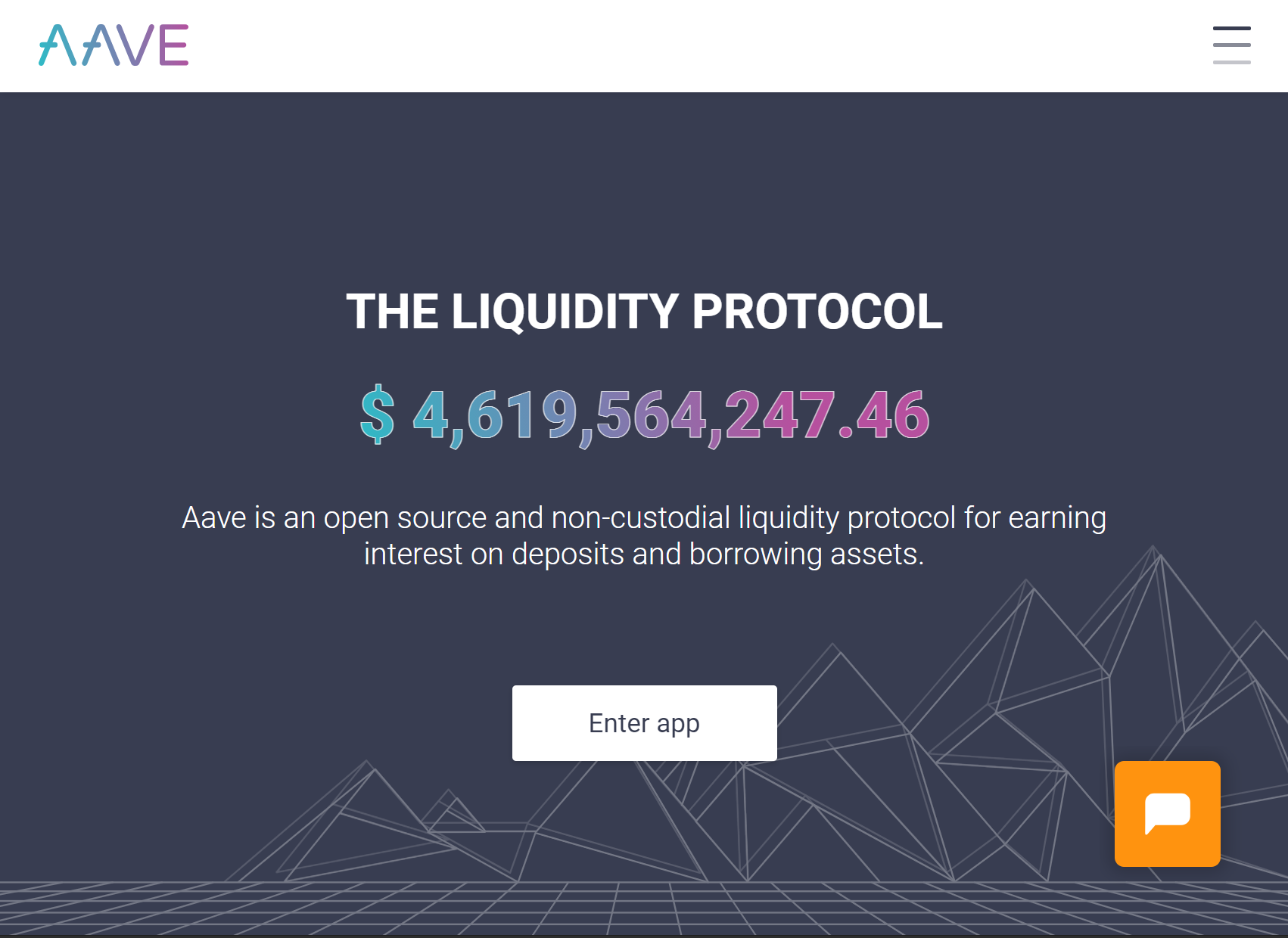



AAVE SOARING TO NEW HEIGHTS AS IT BREAKS $500 USD
AAVE is on fire reaching new all-time highs in rapid succession. As of today, February 4th, 2021, an earth-shattering volume of nearly 3 billion dollars of AAVE was traded in the past 24 hours.
Aave clocks in a new ATH ever since the v2 migration tool launch
Aave (AAVE) has been going strong ever since February began. In just 5 days, AAVE has increased by 76% and today the token hit a new all-time high of $520. The protocol to date has successfully captured users and has done well against its competition. The latest rally for Aave started on Jan 28 when the protocol announced the v2 migration tool. The tool allowed users to easily migrate all account information including the borrowed positions and staked tokens.
The new tool also facilitates easy migration of user information to the updated protocol. Recently on the 1’st of February, the team from Aave protocol posted an update about the same:
“Today is the last day to vote on the AIP to add $BAL on Aave V2.”
A day following the announcement the proposal was passed by the community. The Balancer (BAL) was added on Aave 2 and it was around that time that AAVE rallied from $284 to $300.
The DeFi platform of AAVE is also rejoicing since the platform is undergoing immense upgrades. As per DeFi pulse, the total value locked in the DeFi protocol is now at $4.96 billion ranked second after Maker which has $5.16 billion in total value locked.
AAVE, which is the 15th largest coin in terms of market cap, also recorded a staggering 24-hour trading period. Its trading volume in the last 24-hours touched $2.4 billion! Treyce Dahlem who is a research analyst believes that the recent surge in AAVE price has been fuelled by the big players and institutions who are becoming increasingly interested in DeFi.
He added, “Billionaire Mark Cuban recently spoke about the “unlimited upside” of DeFi and according to a snapshot of his on-chain portfolio, he is an AAVE whale holding more than $150,000 worth of the token. Grayscale recently filed more than a dozen altcoin trusts with Delaware’s corporate registry, one of those altcoins being AAVE. Additionally, Bitwise added AAVE to their Bitwise 10 Large Cap Crypto Index. These announcements have caused investor sentiment to reach a new YTD high of 83.5 (very high).”


AAVE is quickly becoming a household name in DeFi for its revolutionary approach to decentralized lending, and our analysts believe that with the stellar leadership of Stani Kulechov, the Founder and CEO of AAVE, we predict AAVE will move into the top 10 digital assets quite quickly.
It seems apparent that AAVE is the de facto industry leader in its sector, and we surmise that it will be the perfect way for the everyday individual to get their feet wet with DeFi.
Recently, the migration tool from V1 to V2 was made available.
trading
Ethereum 2.0 Launch: Staking, Launch Date, and More. Here’s everything you need to know.
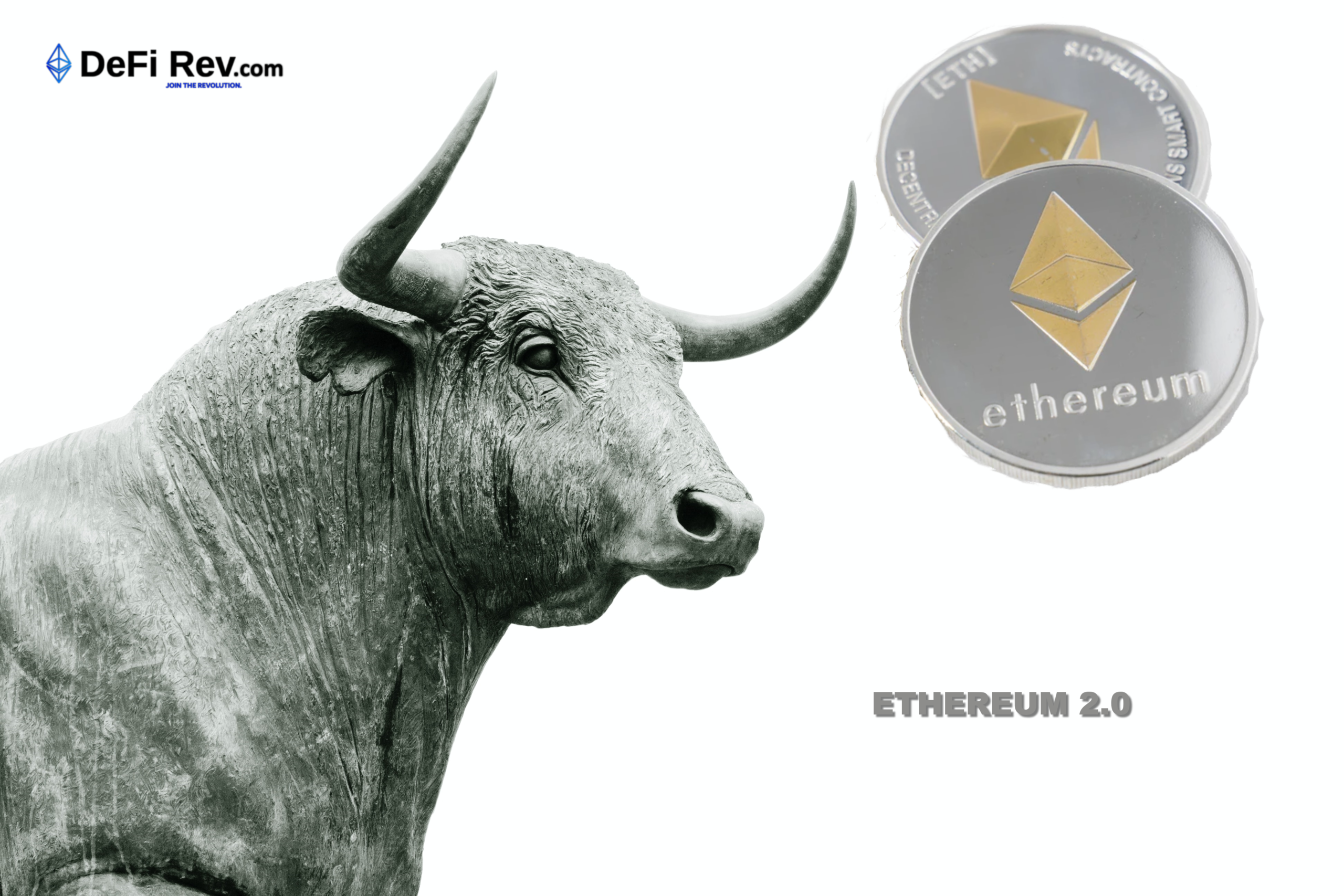

HOT PROJECTS Ethereum 2.0 is a major upgrade to the Ethereum Network that aims to improve the speed, efficiency, and scalability of the network. Ethereum is up for a major facelift with the new version release which will state to drastically improve its transaction volumes, alleviate congestion, and high gas costs. Upon reaching the final phase of the upgrade, dubbed as ‘Phase 2’ Ethereum will meet the goals of being a 100% transparent and open network for decentralized finance. Ethereum 2.0 will involve sharding to drastically augment the bandwidth and reduce gas cost making it cheaper to send Ethereum, tokens, and interact with smart contracts. The system will undergo fundamental economic changes also allowing support to stake nodes and earn Ethereum as passive income. Ethereum 2.0 is a unified effort of thousands of developers who have put in years of hard work.The Ethereum 2.0 upgrade will be done in 3 distinct phases starting with Phase 0. After having faced criticism for the network’s high transaction costs and fragility during peak usage will Ethereum 2.0 stand up for the challenge? This we will come to know once the launch is successfully built and practiced. The next generation of Ethereum Blockchain will go live on December 1’st and will go from a Proof-Of-Work model to a Proof-Of-Stake model where participants can tie their crypto to the network as collateral. As per the announcement, for the launch to really happen, 16384 validators will have to stake a minimum of 32 Ether worth $12,800 at current market rates thereby underpinning the network. Once the threshold has been staked it will trigger the launch of Beacon Chain in the Ethereum 2.0 genesis event. The most important change is that the consensus mechanism will transition from PoW to PoS which is touted to be more effective and energy-efficient in terms of network maintenance. Both PoW and PoS are designed to incentivize network maintenance ensuring that the blockchain data is tamper-proof. Hence in a PoW system, one unit of computational power equals one unit of mining power, and in PoS one unit of value secures one unit of mining power for the validator. In Proof of Stake validators stake crypto for the right to verify the transaction. The validators are selected to propose a block based on the amount of crypto they hold and the duration of how long they have held it. The main advantage of PoS is that it is far more energy-efficient than PoW as it disengages energy-intensive computer processing from the consensus algorithm. This also means that there is a lot of computing power to secure the blockchain.The other big change is the introduction of network sharding which will happen at a later phase. Sharding implies that only a portion of the nodes has to validate any given transaction instead of all of them. This will directly increase the network’s throughput in a big way. The original PoW chain will concurrently run alongside so that there is no break in data continuity. Phase 1 is due in 2021 and will see the integration of Proof Of Stake shard chains. One of the reasons calling for the upgrade has been scalability. Ethereum 1.0 can only support 30 TPS causing delays and congestions. Ethereum 2.0 promises up to 100,000 transactions per second through the implementation of shard chains. The new version has also been designed with security in mind. Most of the Proof of Stake networks have a small set of validators making it a more centralized system with poor network security.Furthermore, Ethereum 2.0 requires a minimum of 16,384 validators making it ultra-secure. The Ethereum Foundation is also setting up a dedicated security team for Ethereum 2.0 which will research all the possible cybersecurity issues that plague the cryptocurrency sector. One of the top researchers for Ethereum 2.0, Justin Drake said that the research will also include “fuzzing, bounty hunting, pager duty, crypto-economic modeling, applied cryptanalysis, formal verification”. The co-founder of Ethereum Vitalik shared a roadmap of how the next few years things will pan out for Ethereum in the below-given tweet. DeFiRev.com is #1 in DeFi News. Check back in soon to find out the latest in DeFi News.Ethereum 2.0 Launch: Staking, Launch Date, and More. Here’s everything you need to know.
Ethereum 2.0 – what it is and why is it necessary?
What’s different about this time?
The ProcessThe full roll-out of Ethereum 2.0 will take place in three phases: Phase 0, 1, and 2. Phase 0 as we know is aiming for a December 2020 launch date with other phases coming in the following years. Phase 0 is looking at the implementation of the Beacon chain that stores and manages the registry of validators and deploying the PoS consensus mechanism for Ethereum 2.0.
Ethereum 2.0 will be arguably much better than its earlier version
-

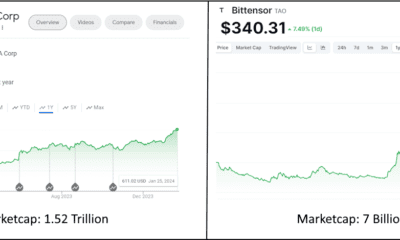

 trading3 months ago
trading3 months agoBittensor booms as Chip Mania hits Stock Market: The AI Race and the Potential of TAO
-



 interviews3 months ago
interviews3 months agoBobby Ong CoinGecko CEO: Interview with the Trailblazing Entrepreneur
-

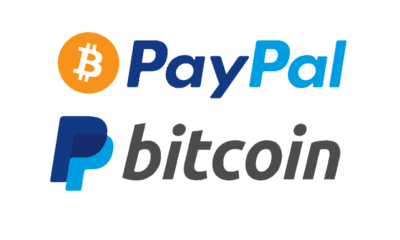

 latestnews3 months ago
latestnews3 months agoPayPal Crypto Bound! PayPal is betting on bitcoin and DeFi in a BIG way.
-

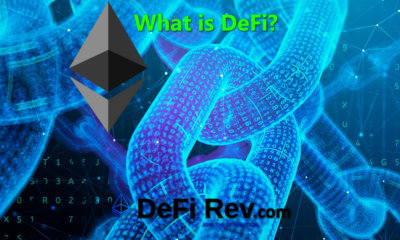

 latestnews3 months ago
latestnews3 months agoWhat is DeFi? Decentralized Finance explained.
-

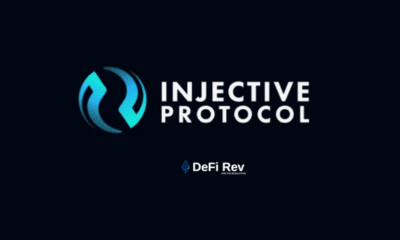

 trading3 months ago
trading3 months agoInjective Protocol, the new Binance IEO, packs a punch
-

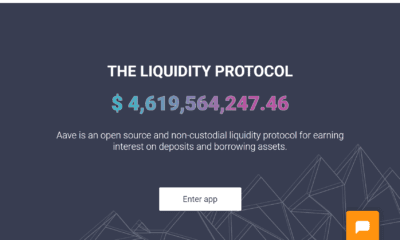

 trading3 months ago
trading3 months agoAAVE CRYPTO ASSET SOARING
-

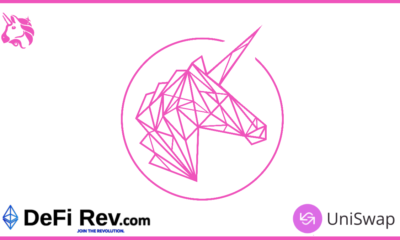

 trading3 months ago
trading3 months agoUniSwap Heating up BIG TIME! Is this the end of IEOs? New DeFi Projects fundraising on Uniswap.
-



 Uncategorized3 months ago
Uncategorized3 months agoLitecoin MimbleWimble Update -Privacy upgrade to push fungibility with Mimblewimble on Extension Blocks
